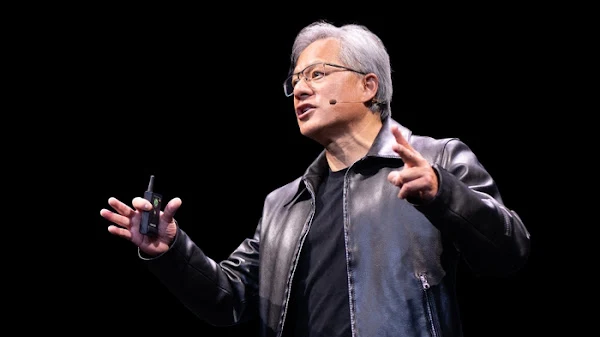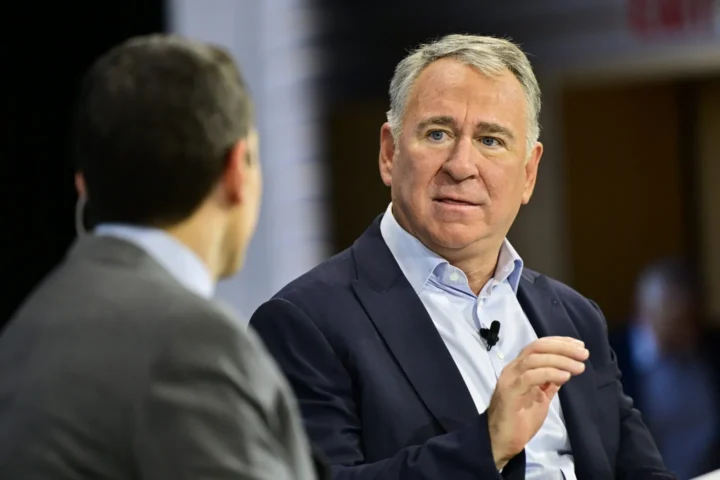US President Donald Trump has agreed to scale back planned tariffs on pharmaceuticals and semiconductors imported from the European Union, easing fears of a full-blown transatlantic trade war.
Last month, Trump had warned that pharmaceuticals and semiconductors were excluded from a US–EU “handshake” trade deal, meaning those sectors could have faced tariff rates of up to 250% and 100% respectively. But under the new details released Thursday, the United States will cap tariffs on both industries at 15%—bringing them in line with most other European exports under the agreement.
The breakthrough comes after weeks of mounting concern in Europe, particularly in Ireland and Denmark, which are major pharmaceutical exporters. Ireland’s Deputy Prime Minister and Foreign Minister, Simon Harris, welcomed the clarity, saying the deal “provides an important shield to Irish exporters that could have been subject to much larger tariffs.”
Novo Nordisk, the Denmark-based manufacturer of blockbuster drug Ozempic, is among the European companies that stood to lose most under the higher tariff regime.
The Trade-Off
According to the joint agreement, the US will apply the new 15% tariff rate on most European goods—including semiconductors, lumber, and pharmaceuticals—starting 1 September. In return, the EU has committed to reducing tariffs on all US industrial goods, including agricultural products such as fruit, vegetables, pork, bison meat, and nuts, to zero.
The deal also outlines a compromise on automobiles. Currently, European car exports to the US face tariffs of 27.5%, a sharp increase from the historical rate of 2.5%. Under the agreement, that rate will be reduced to 15%, but only once the EU passes legislation eliminating tariffs on US exports.
EU Trade Commissioner Maroš Šefčovič said the bloc intends to move quickly: “It is our firm intention to start the legislative process this month.” He added that Washington had assured Brussels the reduced 15% tariff would be applied retroactively from the first of the month when legislation is introduced—potentially backdating the rate cut to 1 August.
Still, Europe’s automobile sector remains wary. Sigrid de Vries, Director General of the European Automobile Manufacturers’ Association, told the BBC that the industry is “not out of the woods,” pointing out that manufacturers have already paid “millions of euros in tariffs every day” since April.
Political Reactions
The deal was first outlined during a meeting in Scotland last month between Trump and European Commission President Ursula von der Leyen. At the time, the two leaders described it as a “framework” agreement, leaving key details unresolved. Since then, Trump had repeatedly threatened to escalate tariffs on pharmaceuticals—suggesting rates of 200% and even 250% in interviews.
Von der Leyen hailed Thursday’s announcement as a stabilizing force for global markets. On X (formerly Twitter), she wrote that the deal provides “predictability for businesses and consumers, as well as stability in the largest trading partnership in the world.”
Across the Atlantic, US Secretary of Commerce Howard Lutnick framed the deal as a win for American businesses, saying it “creates historic access to the vast European markets.”
Sticking Points
Despite progress, some industries remain dissatisfied. Wine and spirits were not exempted from tariffs, prompting frustration on both sides of the Atlantic.
The French wine exporters’ federation (FEVS) warned the deal would “create major difficulties” for the sector, while the US Distilled Spirits Council expressed disappointment, arguing that higher tariffs would hinder growth and exacerbate challenges for American bars and restaurants.
Šefčovič admitted the two sides “didn’t succeed” on wine and spirits but insisted “these doors are not closed forever.”
A Fragile Peace
The agreement marks a cooling-off after months of tariff threats and tense negotiations. Trump initially announced in April that he intended to impose a blanket 30% tariff on all European exports, sparking fears of a damaging trade conflict.
Now, while businesses on both continents welcome the relative relief, analysts note that tariffs remain significantly higher than before the dispute. For example, EU carmakers face a 15% tariff under the new deal—still six times higher than the 2.5% rate in place before Trump’s April announcement.
As von der Leyen and Trump emphasized in their joint statement, the accord is “a first step in a process” that could expand further as US–EU relations develop. For now, it offers a reprieve for industries that had braced for far worse.








